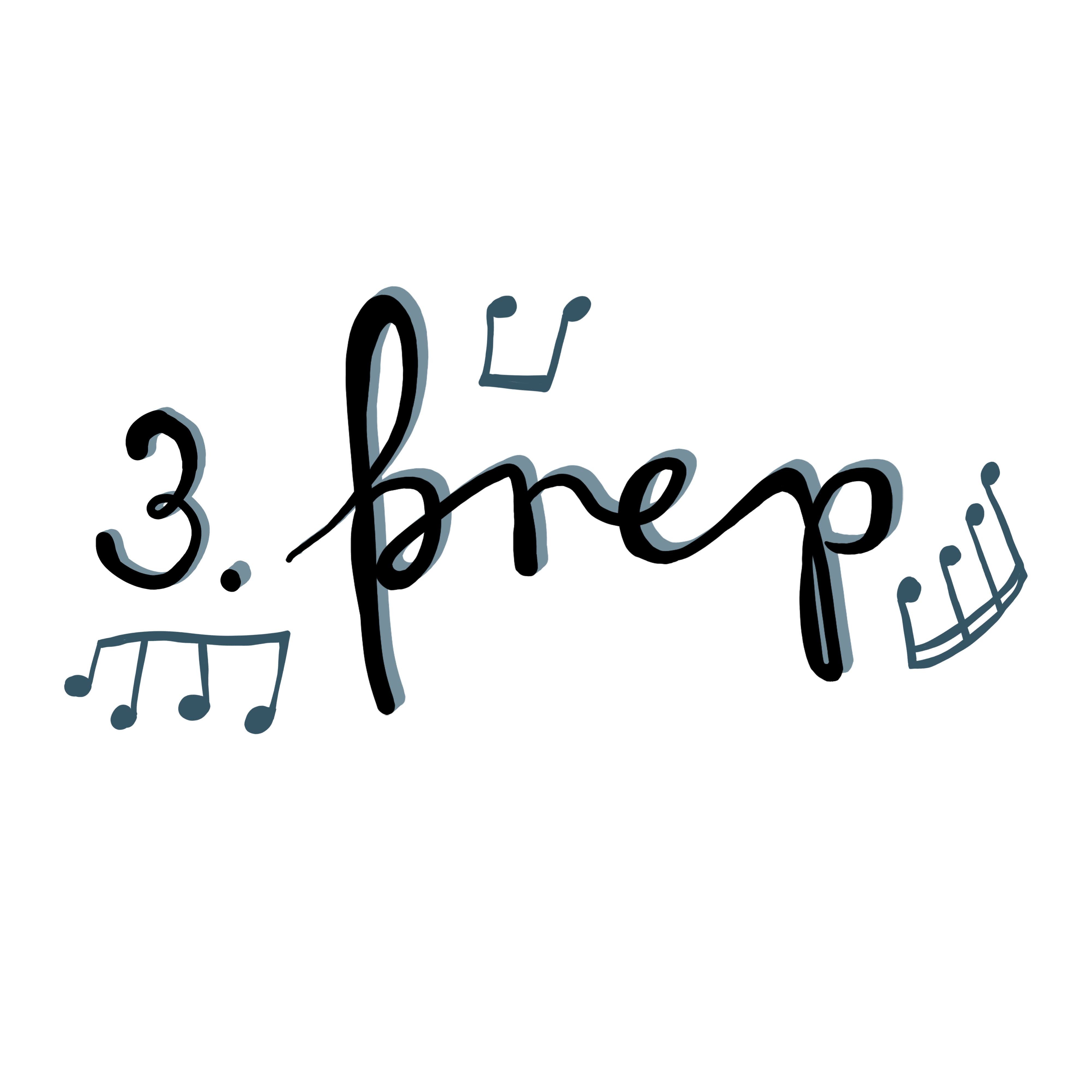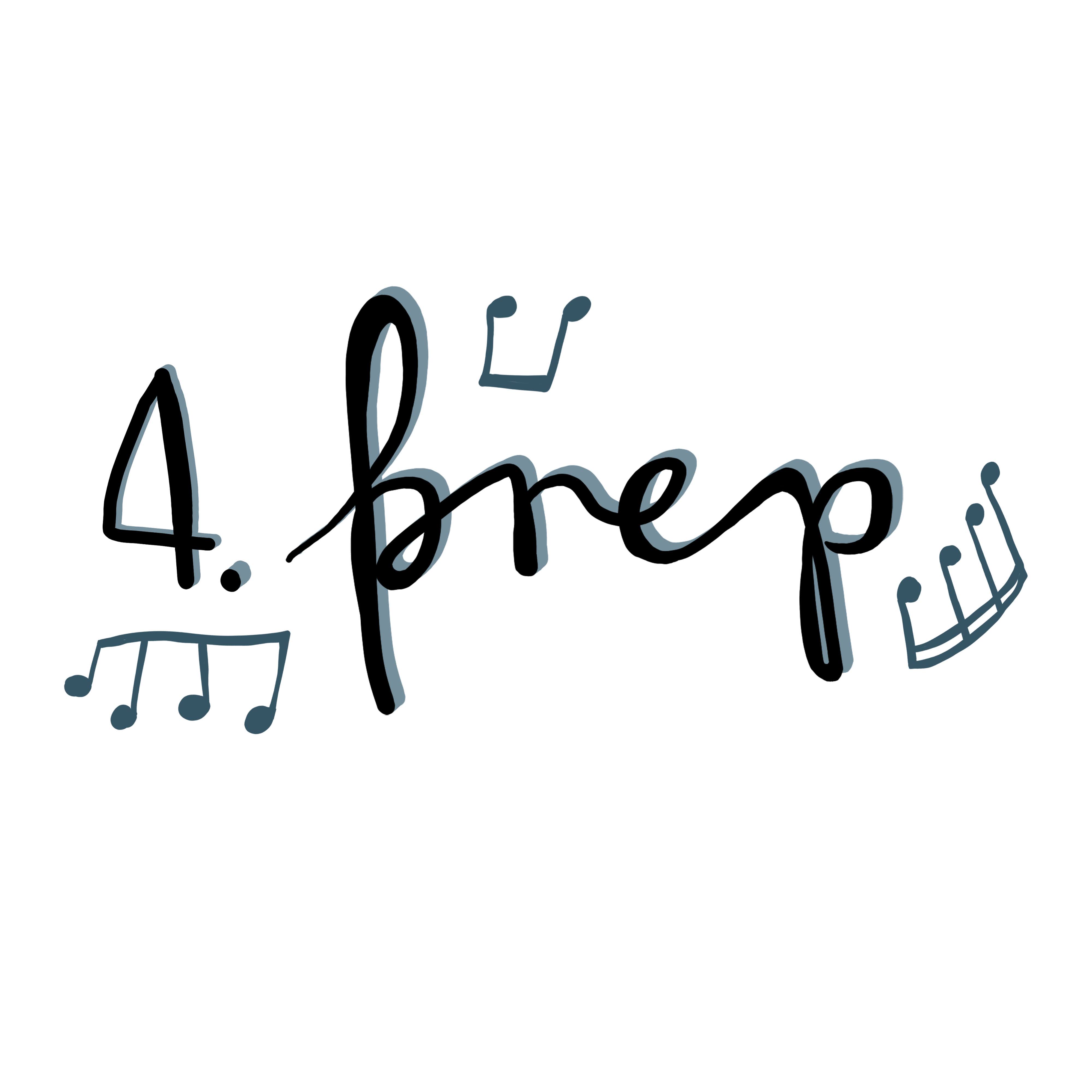Learning objectives - Baritone horn

Students can start learning the baritone horn when they are physically able to play the instrument. It's most common for the study to begin at the age of 8 to 9 years. For such young students, it is preferable that the school provides instruments for use during lessons, as they might find it difficult to transport an instrument of this size.
Level 1
Range: a – c”

Scales
| Range | One octave |
| Tempo | M.M = 60, scales played in quarter notes |
| Scales (Choose two out of four) |
B-flat major, C major, A minor, Chromatic (type of minor scale is optional) |
| Triads | In all the above keys |
| Chromatic | c´ – g´ (optional) |
Works and exercises
| Piece | Love Me Tender, page 30 in Trompetleikur 1 (Trumpet Playing 1), (or a similar piece) |
| Practice | Would You Stay Awake with Me, page 36 in Trompetleikur 1 (Trumpet Playing 1), On Sprengisandur, page 36 in Trompetleikur 1 (Trumpet Playing 1), (or another similar exercise) |
| Option |
|
| Sight reading | Play a song from music you've not seen before |
| Study material |
|
Level 2
Range: g – e”

Scales
| Range | One octave |
| Tempo | M.M = 80, scales played in quarter notes |
| Scales |
B-flat major, C major, G major, A minor, D minor, Chromatic (type of minor scale is optional) |
| Triads | In all the above keys |
| Chromatic | c´ – g´, c´ – c´´ |
Works and exercises
| Piece | March from the Nutcracker Trompetleikur 1 (Trumpet Playing 1), Gutti's Verses Trompetleikur 2 (Trumpet Playing 2), (or a similar piece) |
| Practice | Exercise VIII, page 38 Trompetleikur 1 (Trumpet Playing 1), (or another similar exercise) |
| Option |
|
| Sight reading | Play a song from music you've not seen before |
| Study material |
|
Level 3
Range: g – f”

Scales
| Range | One octave |
| Tempo | M.M = 50, scales played in eighth notes |
| Scales |
B-flat major, C major, G major, D major, A minor, D minor, B minor, G minor, Chromatic (minors are melodic) |
| Triads | In all the above keys |
| Chromatic | c’ – c”, c’ – e” |
Works and exercises
| Piece | Tumi Gets Up Trompetleikur 2 (Trumpet Playing 2), The May Star Trompetleikur (Trumpet Playing), (or a similar piece) |
| Practice | Exercise No. 5 from Supplementary Studies by Endresen, (or another similar exercise) |
| Option |
|
| Sight reading | Play a song from music you've not seen before |
| Study material |
|
Level 4
Range: g – g”
Basic level

Scales
| Range | One or two octaves, within the range |
| Tempo | M.M = 60, scales played in eighth notes |
| Scales |
B-flat major, C major, G major, D major, F major, A minor, D minor, B minor, G minor, E minor, Chromatic (minors are melodic) |
| Triads | In all the above keys |
| Chromatic | c’ – e”, bes – f” |
Works and exercises
| Piece | Hungarian Rhapsody, American Patrol, James Hook Sonata 1 (1st or 2nd movement), (or a similar piece) |
| Practice | Exercises No. 7-11 from 40 Progressive Studies by Hering, (or another similar exercise) |
| Option |
|
| Sight reading | Play a song from music you've not seen before |
| Study material |
|